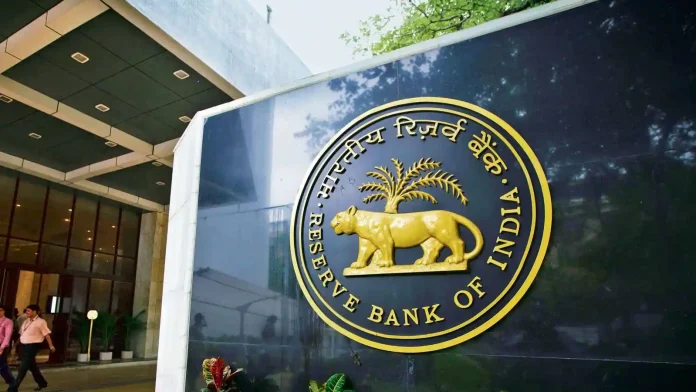
Big News RBI Hike Repo Rate: Many big decisions have been taken in the 2-day Monetary Review Policy meeting of RBI. The Reserve Bank has announced an increase of 0.50 percent i.e. 50 basis points in the repo rate. After this announcement, your EMI burden will increase.
Read Also: Big News Share Market: A share of Rs 17 became a rocket, investors became rich in two days
Know about, RBI Monetary Policy
Many big decisions have been taken in the 2-day Monetary Review Policy meeting of RBI . The Reserve Bank has announced an increase of 0.50 percent or 50 basis points in the repo rate. After this announcement, your EMI burden will increase. Let us tell you that once again the RBI has reduced the repo rate to 5.40 percent from the earlier repo rate i.e. 5.5% before the corona epidemic.
RBI gave information
RBI has said that GDP growth in FY23 Q2 is likely to be 6.2%. GDP growth in FY23 Q3 is 4.1% possible. RBI Governor Shaktikanta Das said that the real GDP growth forecast for 2022-23 is 7.2% with Q1- 16.2%, Q2- 6.2%, Q3 -4.1% and Q4- 4% with broadly balanced risks. Real GDP growth is estimated at 6.7% in the first quarter (Q1) of 2023-24.
Indian economy battling high inflation
Shaktikanta Das said that the Indian economy is battling high inflation and it is necessary to bring it under control. “The Monetary Policy Committee has also decided to focus on withdrawing the soft policy stance to contain inflation,” Das said.
Read Also: Big News Share Market: A share of Rs 17 became a rocket, investors became rich in two days
Check Latest Rates Here
Shaktikanta Das said that many institutions from IMF to IMF have predicted the rapid growth of our economy and it will grow the fastest. In addition to the repo rate, the RBI has increased the SDF from 4.65 percent to 5.15 percent. Apart from this, the Marginal Standing Facility Rate (MSF) has been increased from 5.15 per cent to 5.65 per cent.
What is Repo Rate? know about it
Significantly, repo rate is the rate at which the bank is given loan by RBI and on the basis of this, banks give loan to customers, whereas reverse repo rate is the rate at which RBI gives them loan on deposits from banks. pays interest. In such a situation, when the RBI increases the repo rate, the burden on the banks increases and on behalf of the bank then the loan is expensive in the bank rate.





